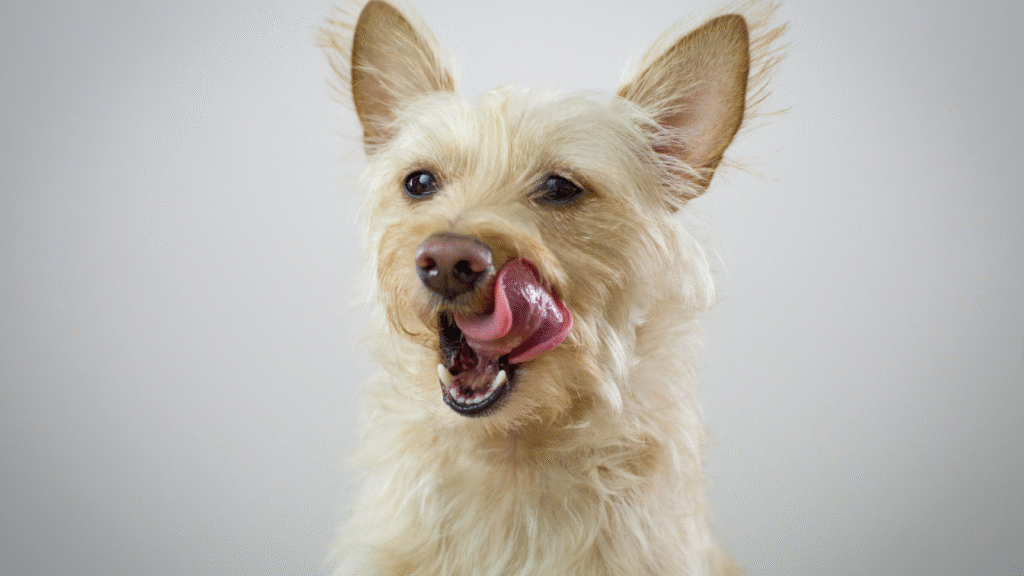If you’ve ever noticed a moist, red, irritated patch of skin suddenly appear on your pet, you’ve probably encountered a hot spot. These inflamed areas can seem to emerge overnight and quickly grow in size, leaving your dog in obvious discomfort. Del Valle Pet Hospital often sees pets come in with hot spots during warm, humid months, but they can strike at any time of year. Understanding what causes these skin flare-ups and how they get treated prevents canine hot spots from becoming a recurring problem.
What Exactly Are Hot Spots?
Hot spots, or acute moist dermatitis, are areas of inflamed and infected skin on your dog. They’re often warm to the touch, red, and covered in matted fur. Because hot spots are often so itchy and painful, pets tend to lick, chew, and scratch them excessively, which only makes the irritation worse. Without intervention, a small patch can spread rapidly, leading to deeper infection and more serious skin damage.
The Causes of a Hot Spot
Hot spots develop when something irritates your pet’s skin enough to trigger persistent scratching or licking. Often, a hot spot is caused by insect bites, flea infestations, underlying allergies, skin wounds, or even excessive moisture trapped in the coat after swimming or bathing. Dogs with thick, long fur are especially prone, but any canine pet can develop hot spots.
Allergens can play a major role as well. Dogs with environmental allergies, such as pollen or mold sensitivities, often have chronically itchy skin, which increases their risk. Parasites, ear infections, and even boredom or anxiety-related over-grooming can all be starting points for hot spot development.
The earlier you find a hot spot on your pet, the easier it is to treat. Watch for areas of the coat that are moist, matted, and have a foul odor. The skin underneath will usually be bright red and may ooze fluid. Pets may react strongly if you touch the area, and you may notice swelling or hair loss around the site. Because hot spots can grow so quickly, seek urgent veterinary care as soon as possible.
Hot Spot Treatment and Prevention for Dogs
When you bring your pet in with a suspected hot spot, the first priority for a veterinarian will be to stop the itch-scratch cycle and give the skin a chance to heal. They will carefully clip away the fur around the lesion to expose the area and allow air to reach it. The skin is then gently cleaned and disinfected to remove bacteria and debris.
Depending on the severity, treatment may also involve topical ointments, oral antibiotics, and anti-inflammatory medications to reduce pain and swelling. If allergies are an underlying cause, additional testing and long-term management strategies will be necessary. In some cases, an Elizabethan collar (cone) is needed to prevent further self-trauma during the healing process.
While some hot spots are unavoidable, many can be prevented with proactive care. Keeping your pet’s coat clean and well-groomed helps, especially in warmer months. Make sure your pet is thoroughly dried after swimming or bathing, and address any flea or parasite problems immediately. For allergy-prone pets, year-round allergy management and regular checkups can keep skin irritation under control.
Mental stimulation and exercise are important, too. Boredom can lead to excessive licking in dogs, which can set the stage for a hot spot. If you notice your pet focusing on a particular area of their body, take a closer look before the problem escalates.
Hot Spot Treatment in Livermore, CA
Hot spots may seem like a minor skin issue at first, but they can cause major discomfort for your pet and lead to more serious infections if left untreated. Del Valle Pet Hospital treats hot spots in Livermore and for pets from nearby areas like Dublin, Pleasanton, Ulmar, and Altamont. Contact us to schedule an appointment for your canine companion.


